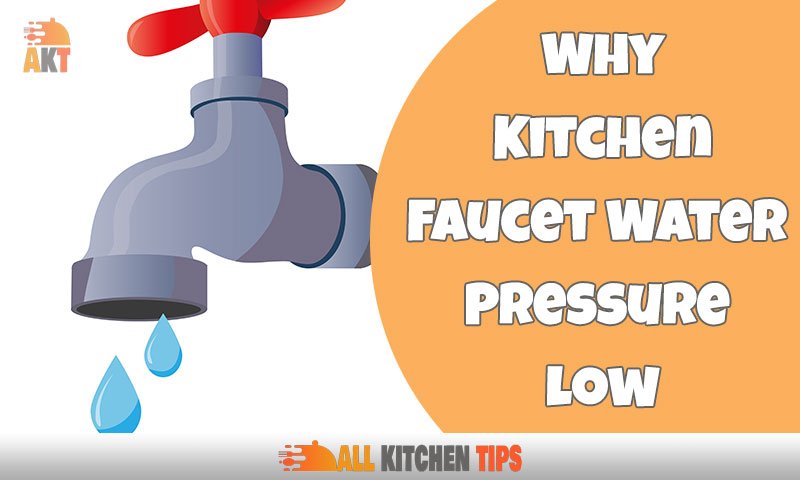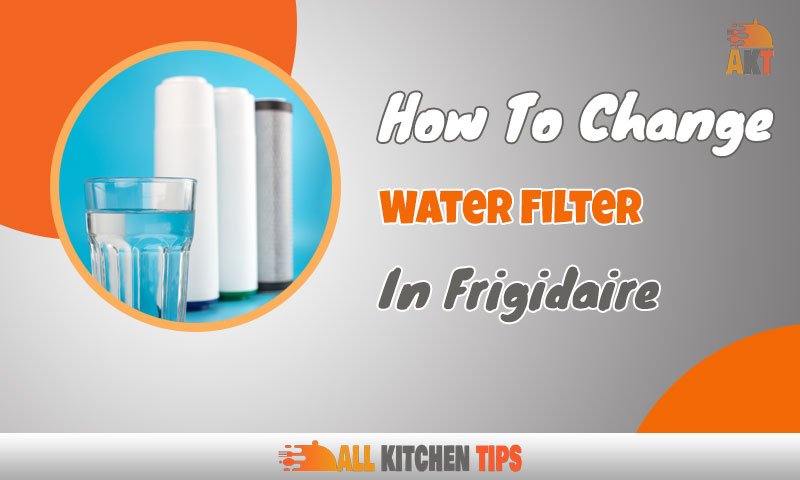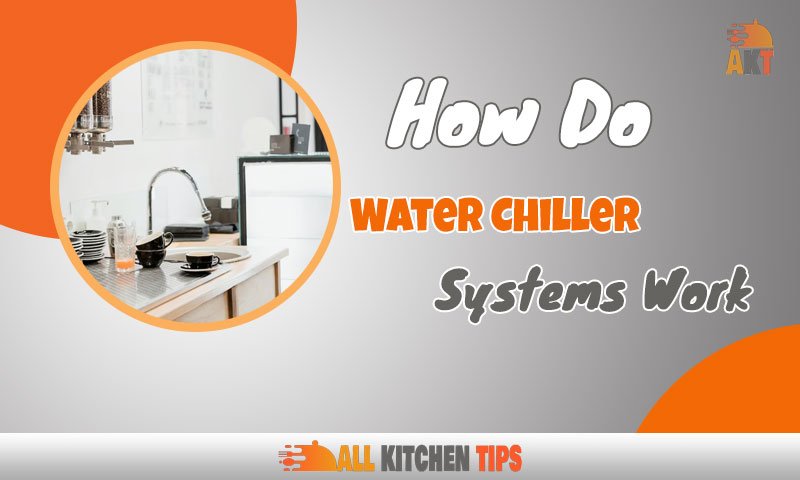Water softeners are an essential part of keeping your home’s water supply clean and safe, but when is the best time to replace them? It is important to know when it’s time to upgrade your water softener in order to maintain the quality and longevity of your appliance.
In order to make hard water more palatable and less damaging to plumbing fittings, water softeners use an ion exchange method to remove minerals. Water softeners‘ filtering material, however, will eventually become saturated with minerals and require replacement. Additionally, occasional replacement of other system parts like valves and resin beads may be necessary..
In this article, we will explain when it is best to replace your water softener and provide tips on how to tell if it’s time for an upgrade. We’ll also provide advice on choosing a new system and how often you should schedule maintenance for your existing one.
Signs That Your Water Softener Needs to Be Replaced
Do you know when it’s time to replace your water softener? Knowing the signs that your water softener is no longer working properly can help you decide when to replace it. Here are some key signs that should indicate a potential replacement:
- Increase in Hard Water: If you start noticing an increase in water hardness, it’s likely because the softening power of your water softener has diminished over time.
- Low Salt Levels: Monitoring salt levels in your softener is important. If you notice a dip in levels, or if they become low enough that they need to be refilled more often, then it’s likely time to replace the unit entirely.
- Change in Water Pressure: If your water pressure drops significantly and remains constant through all outlets, then this could signal a faulty water softener.
It’s best to conduct more study when any of these symptoms start to emerge before deciding to replace your system. Instead of replacing the complete system, you might find that you need to make adjustments or repairs after looking into the causes of the symptoms.
Benefits of a New Water Softener
Compared to an older water softener, a modern one can have a number of benefits. First of all, new models are frequently much more energy efficient than their older peers, which can help you save money over time on your energy costs. Second, they use more sophisticated technology in their design to produce water of better quality, which is softer and contains fewer hard minerals. As a result, soap lathers better, utensils are cleaner and brighter, and clothes last longer because there is less buildup of hard deposits. Last but not least, newer softeners typically need less upkeep and fixes over time.
All of this adds up to one thing – improved water quality for a fraction of the effort. Investing in a new water softener is something that should be considered when your current system begins to show signs of wear or when you want to experience the benefits of improved efficiency and quality over an older model.
Factors to Consider When Purchasing a New Water Softener
When it comes to replacing your water softener, you need to consider a few important factors before making a decision.
Life Expectancy
Depending on the model and how frequently it is serviced, the typical water softener is made to last for 10 to 15 years. If your appliance has been operating for over ten years, you should think about switching to a newer, more energy-efficient model.
Soft Water Quality
If the quality of your soft water has decreased over time, it may be time for a new unit. As water softeners age, their components can wear out due to wear and tear from everyday usage. This can lead to decreased performance and eventual replacement of the unit.
Efficiency
You might want to switch to a more efficient water softener if your current model isn’t providing the level of efficiency you require. Modern versions have sensors built in that track how much salt is being used and adjust as necessary. Over time, this reduces the expense of replacing the salt and also helps to save energy.
Installing a New Water Softener System
Although water softeners are designed to last for 10-12 years, there’s no guarantee that your system will even last that long. Fortunately, you can make the best of a bad situation by replacing your old water softener before it fails.
Repairs are more expensive than installing a new water softener system, and you can also upgrade to a more advanced model with improved functionality. If your present model is more than ten years old, for instance, you might choose to upgrade to a more recent system with digital programming and programmable settings.
Replacing your existing system can also provide additional advantages:
- The new brine tank will allow for better backwashing operations
- You’ll be able to customize the regeneration schedule of your water softener according to your unique usage patterns
- The new model will give you access to advanced features such as self-diagnostics and remote access
- You’ll benefit from improved efficiency and cost savings in the long run
When it’s time to repair your water softener, make sure to move quickly and make no delays. By doing this, you can be positive that you’ll have adequate protection against hard water as well as that you’ll get the most value out of your investment and experience the greatest level of peace of mind.
Tips for Maintaining Your Water Softener
It might be time to think about a replacement system for those who have older water softener versions, particularly those that are more than ten years old. Newer versions not only have adjustable settings and digital programming, but they also have additional features. These features include remote access, self-diagnostics, and brine tanks for improved backwashing. However, the degree of efficiency and expense savings that can be realized really distinguish newer systems from their predecessors.
Installing a new water softener system is likely to be more cost-effective than making repairs to an old one, so be sure to research the best replacement options for your home. With the right system in place, you’ll enjoy the benefits of soft water while also saving money in the long run.
There are some suggestions to keep your water softener system functioning correctly in addition to replacing it. The first and most important step in extending the lifespan of any water softener device is routine maintenance and cleaning. Additionally, be sure to benefit from expert lab water testing. You’ll be able to check for wear and tear, keep track of hard water levels, and measure the performance of your system over time with accurate test results.
Advice on When to Replace the Salt in the Brine Tank
By replacing your water softener before any significant damage to your home’s plumbing and appliances occurs, you can save time, money, and hassle down the line. Furthermore, you’ll benefit from the improved efficiency and cost-savings of the latest water softener models.
According to how often your water softener is used, the general rule of thumb is to replace the salt in your brine tank every 3 to 4 months. Use a high-quality type of salt to ensure that you get the most flavor from your salt. Of course, in order to make sure that the procedure proceeds as smoothly as possible, you should always adhere to the manufacturer’s instructions.
Lastly, as a homeowner, it’s important to know when the time is right to replace your water softener. While more modern models provide more features and benefits, age is still an important factor when it comes to the performance of your system. If your water softener is more than 10 years old and you’re experiencing regular issues, it may be time to seek out a replacement.
Finally, age and efficiency are important factors to consider when determining when to replace your water softener. As a result, it’s crucial to keep an eye on the efficiency and condition of your water softener.
People Also Like: Discharge Water Softener Backwash – Solving the Mystery of Discharge
Conclusion
While there is no exact timeline as to when to replace your water softener, it is important to keep an eye on the age and condition of your system. Make sure to monitor the performance of your water softener and monitor the water test results from a professional lab. By taking these steps, you can make sure that your water softener is replaced before any serious harm to your home’s plumbing and appliances takes place. Additionally, remember to perform routine upkeep and cleaning to maximize the lifespan of your water softener.





